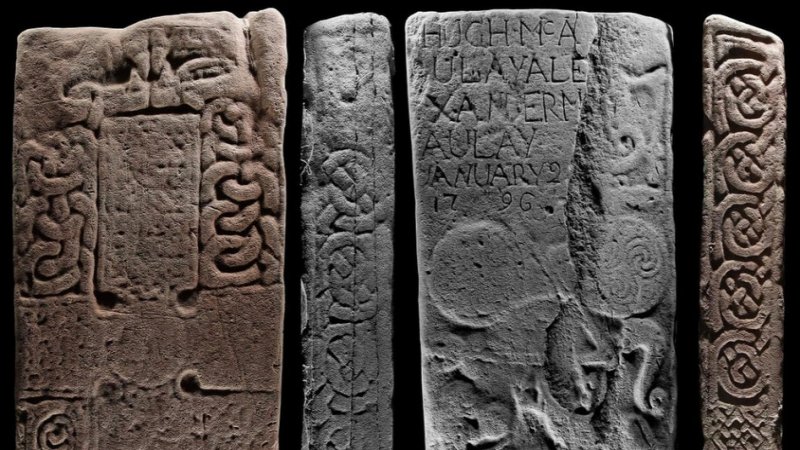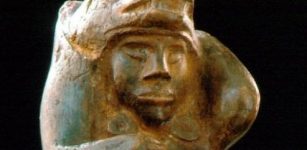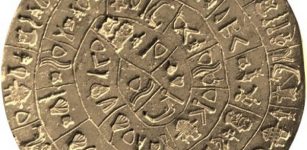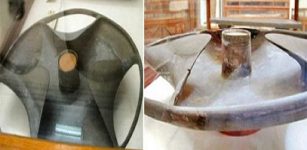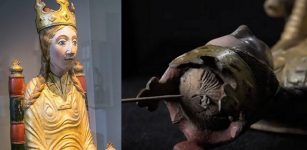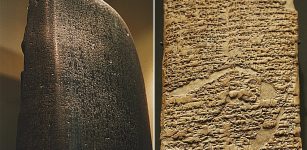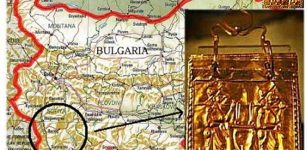Rare Babylonian Cuneiform Cylinder Devoted to King Nebuchadnezzar II
MessageToEagle.com – Should museums sell ancient artifacts to private homes? What do you think?
Is it not ironic that the unique big-eyed figurines of Tell Brak, Syria are now on Emergency Red List and at the same time, rich people can be in possession of priceless ancient artifacts that belong to a very poor country that is still being looted?
On Wednesday, April 9, 2014 Doyle New York auctions a rare and important Nebuchadnezzar II Babylonian cuneiform cylinder.
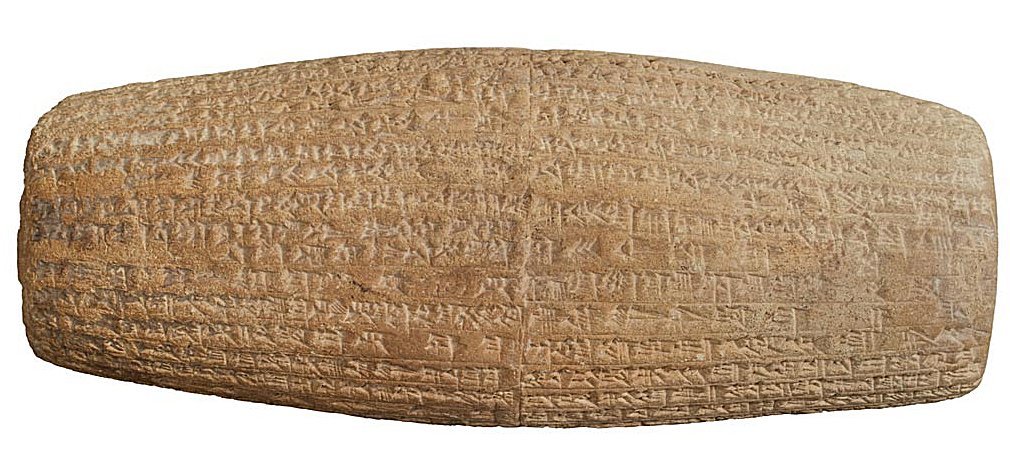
The clay cylinder describes the rebuilding of the temple of Shamash in Sippar (modern Tell Abu Habbah in Iraq) by Nebuchadnezzar II and dates to the Neo-Babylonian Period, circa 604-562 BC.
At 8 1/4 inches (20.8 cm) in length, the Cylinder is the largest example to come to market in recent times and is estimated at $300,000-500,000. In 1953, it was sold through Dawson’s of Los Angeles.
Babylonian King Nebuchadnezzar II was responsible for the Destruction of Solomon’s Temple in Jerusalem and the Babylonian Exile of the Jews, as well as the Construction in Babylon of the Monumental Ishtar Gate and the Legendary Hanging Gardens.
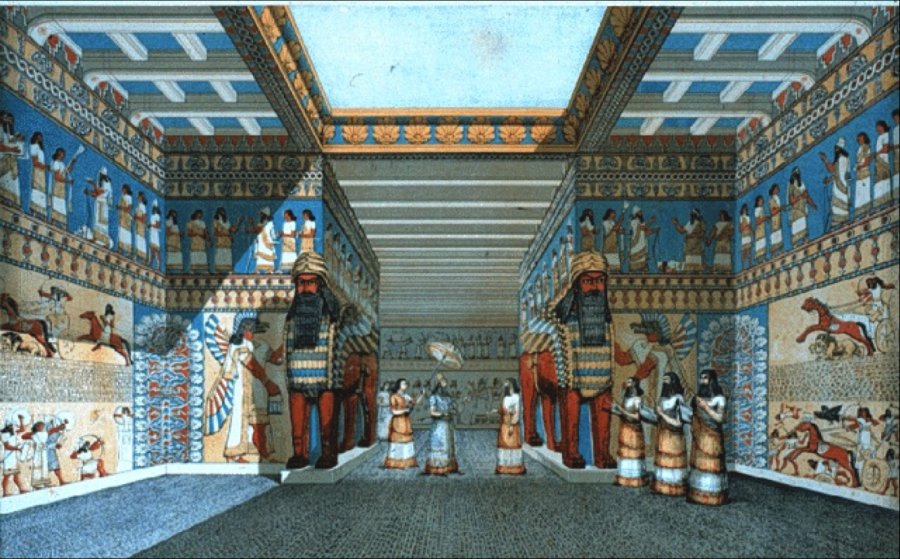
This is a remarkable written record in clay from the reign of Nebuchadnezzar II (Nabu-kudurri-usur), the greatest of the later kings of Babylonia, who ruled from 604 – 562 BC. He was the second of the eleventh dynasty of Babylonian rulers (the dynasty termed Neo-Babylonian or Chaldean), which lasted until the capture of Babylon by Cyrus II of Persia.
Nebuchadnezzar II was the eldest son and successor of the Chaldean king Nabopolassar (Nabu-apla-usur), the dynasty’s founder. Nabopolassar had seized control of Babylonia from King Sinsharishkun of Assyria, in the process ejecting the Assyrian armies from Babylonia, in 616 BC.
Nebuchadnezzar himself defeated a combined force of the Egyptians (under the Pharaoh Necho) and Assyrians at Carchemish in an epic battle that consolidated his control over the region, and severely reduced the power of Egypt, which fell under his sway.
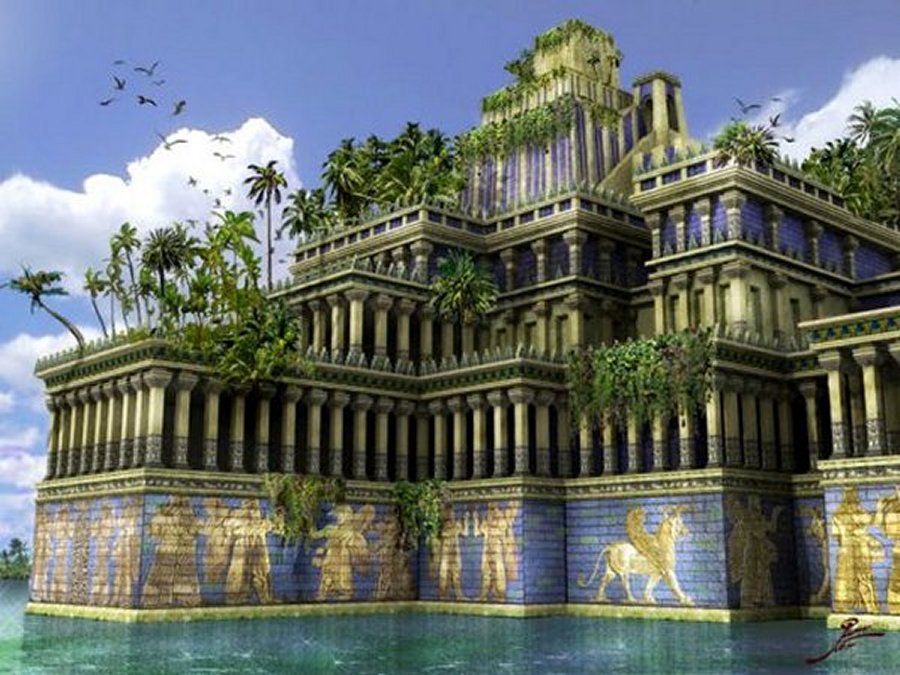
That battle effectively finally extirpated the Assyrian empire, for almost two thousand years a major force in the region. He himself was an empire builder, one who waged successful campaigns against most of his neighboring states, including Phoenicia, Philistia, Judah, Ammon, Moab, and others, and in doing so acquired vast wealth and power.
It was customary for the kings of Babylon to cement their relationship with the gods by the act of restoring their temples. These accomplishments were then recorded in cuneiform on clay cylinders (prepared by a court scribe) which were then buried in the foundations of the restored temples.
The cylinders were enduring commemorations of the king’s fealty to the gods. This very public act also helped create the appearance of legitimacy for the ruler with his subjects and vassals.
As an example, the so-called Cyrus Cylinder, one of the greatest extant examples (now housed in the British Museum), extols Cyrus as a benefactor. It is noteworthy that he had attained the throne by deposing the Babylonian king Nabonidus, and he apparently believed that this and similar ritual acts would legitimize his standing with both the gods and his subjects.

“The text on this particular cylinder is in two columns, and sees the scribe write of “Nebuchadnezzar, King of Babylon, the Wise, the Provider, Favourite of Marduk, Sakkanakku of the lands of Sumer and Akkad, who established the foundation of the lands,” reports the Guardian.
“The temple building was in disrepair, the outer walls had crumbled, the foundation was no longer recognisable; it was buried in the dust; it was no longer numbered among the Holy Sanctuaries of the Gods; the tithes had ceased; they had vanished from the speech of the peoples; the offerings were no longer being made,” says the cylinder, according to Doyle’s approximate translation.
“But “because I held the hem of the garment of Marduk, My Lord, and he was gracious unto me, He entrusted unto my hands the renewal of the Holy Sanctuaries, the restoring of the Edifices … Its tithes I enriched and its offerings I restored. O Ninkarrak, Exalted Mistress, look graciously upon the work of my hands. May my acts of devotion be made known to Thy lips. Grant unto me long life, many descendants, good health, and a joyful heart. Present my deeds favourably unto Samas and Marduk; speak in my behalf.”
“Doyle said the clay cylinder has “very light wear to the surface but with no apparent loss of legibility”, and is “overall in sound condition”.
© MessageToEagle.com

